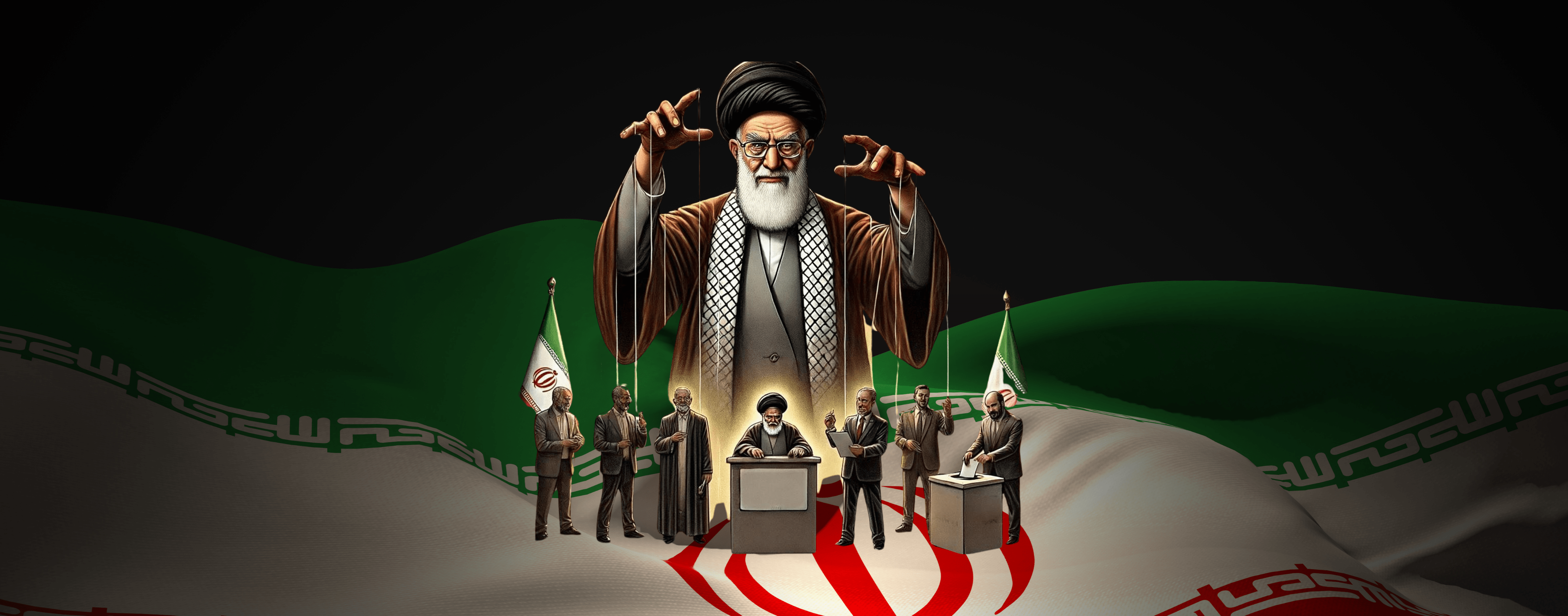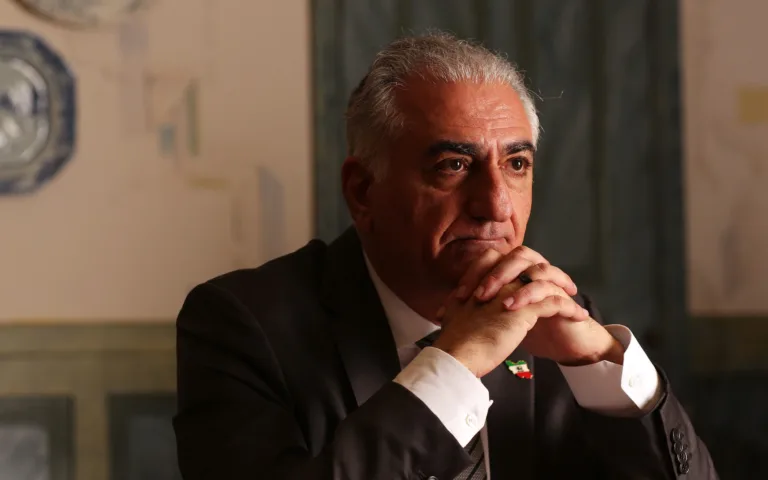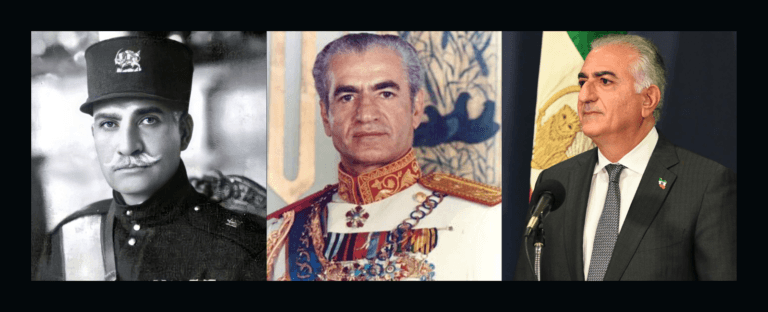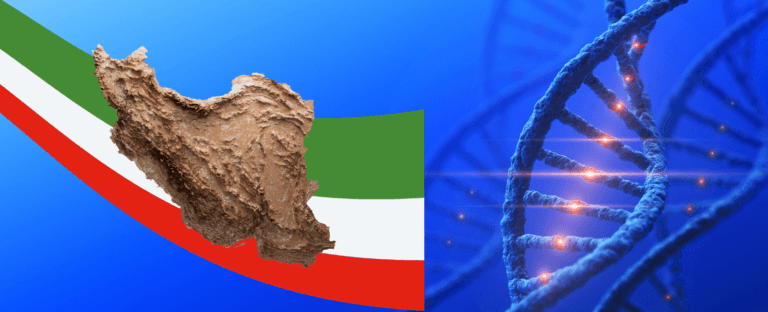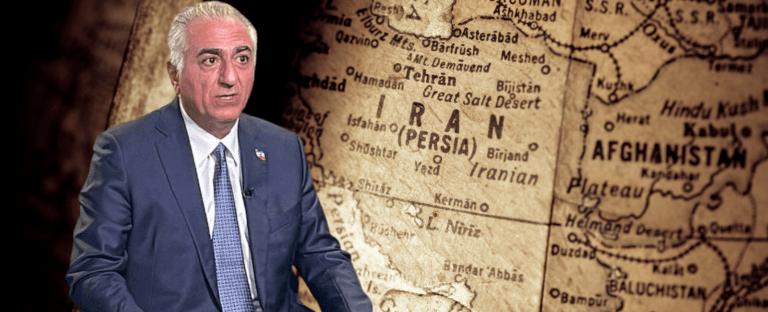The Illusion of Choice: Islamic Republic’s Presidential Elections
After the death of Ebrahim Raisi in a helicopter crash, the Islamic Republic of Iran announced new presidential elections. The Guardian Council, a key body loyal to Supreme Leader Ali Khamenei, rigorously vetted and excluded candidates, ensuring only regime-approved individuals could run. The superficial conservative versus reformist narrative highlights that approved candidates, including the so-called reformist Masoud Pezeshkian, all align with the regime’s objectives.
On May 19, 2024, a helicopter belonging to the Islamic Republic of Iran Air Force, carrying the President of the Islamic Republic, Ebrahim Raisi, among others, crashed near the village of Uzi in the Azerbaijan province. The crash site was identified the following day, and it was confirmed that there were no survivors. Ebrahim Raisi, often referred to as the Butcher of Tehran, was among the deceased.
Following the confirmation of the president’s death, the Islamic regime announced that new presidential elections would be held on June 28. By the end of May, candidates began registering to run for the presidency. As the registration period concluded, the powerful Guardian Council commenced its work. The council is a crucial body in the Islamic Republic’s political system, consisting of 12 members: six Islamic jurists appointed by Supreme Leader Ali Khamenei and six legal experts nominated by the Chief Justice and approved by the Parliament. The Chief Justice is also appointed by Khamenei, ensuring that all 12 members are selected and approved by him. The council’s main functions include reviewing legislation to ensure it aligns with the Constitution and Islamic law, supervising elections to vet candidates, and interpreting the Constitution. This ensures that all political actions and policies adhere to theocratic principles, giving the Guardian Council significant influence over Iran’s governance. Consequently, anyone deemed hostile to the theocracy in Tehran or not fully loyal to the Supreme Leader and the Constitution of the Islamic Republic is excluded by the Guardian Council and barred from running for president or even for parliament.
During the upcoming presidential election, essentially an election of regime-selected candidates, the Guardian Council has been meeting twice daily. Each meeting, from morning to afternoon and evening to night, involves meticulous discussion and evaluation of the registered candidates’ backgrounds and records. The council members then vote in closed sessions to decide whether to approve or exclude each candidate.
For the upcoming elections, several notable individuals have been deemed unfit to run for the presidency and thus excluded by the Guardian Council. Among them are the former president of the regime, Mahmoud Ahmadinejad, the former speaker of the Iranian parliament, Ali Larijani, and Vahid Haghanian, who for decades was Khamenei’s foremost confidant before falling out of favor due to an alleged spy scandal in Khamenei’s office.
Six individuals have been approved by the Guardian Council, and thus by Ali Khamenei and the Islamic Republic’s establishment, to run for the presidency. They are Mostafa Pourmohammadi, Alireza Zakani, Masoud Pezeshkian, Amirhossein Ghazizadeh Hashemi, Saeed Jalili, and Mohammad Bagher Ghalibaf.
Once again, the regime is playing its “conservative” versus “reformist” card. For decades, the Islamic regime has tried to portray a dichotomy in Iran, suggesting two entities fighting for power: conservatives and reformists. This narrative has been successfully imposed on politicians, academics, and the public in the West. However, the reality is starkly different. Although the so-called reformists are often more politically correct and manipulative, the regime’s policies toward its own people and its foreign policy have remained largely unchanged under both reformist and conservative presidents. Since 1989, Iran has seen five different elected presidents: Akbar Hashemi Rafsanjani, Mohammad Khatami, Mahmoud Ahmadinejad, Hassan Rouhani, and Ebrahim Raisi. Among these, Rafsanjani, Khatami, and Rouhani are considered reformists and have collectively held power for nearly 24 years. Yet, the Islamic regime in Iran remains the greatest abuser of human rights, a state sponsor of terrorism, and a significant factor in regional destabilization.
With this in mind, the only so-called reformist among the approved candidates for the upcoming elections is Masoud Pezeshkian. Born in 1954, Pezeshkian is a physician who served as the Minister of Health in the Khatami administration and has also been the First Deputy Speaker of Parliament. Pezeshkian is thus highly loyal to the regime and its objectives, evidenced by his various important governmental positions and the Guardian Council’s approval for his presidential candidacy.
As the election day approaches, several of the six candidates are expected to withdraw in favor of others. It is challenging, if not impossible, to predict the final candidates, but it is likely that Pezeshkian will be among them. It can be speculated that the other candidates alongside Pezeshkian will include Mohammad Bagher Ghalibaf, a former commander of the Islamic Revolutionary Guard Corps Air Force and the current Speaker of Parliament; Mostafa Pourmohammadi, former Minister of Interior, Minister of Justice, and Deputy Minister of the Ministry of Intelligence. Pourmohammadi, together with the now deceased Ebrahim Raisi, was one of the “Judges of Death” in 1988, where they convicted at least 30,000 political prisoners to death; and Amirhossein Ghazizadeh Hashemi, current head of the Foundation of Martyrs and Veterans Affairs, and acting Vice President of the Islamic regime.
While the opposition must continue to emphasize boycotting the elections and encouraging people to stay home, they must also have a clear plan in case Pezeshkian becomes the president and thus the new favorite of the West.

